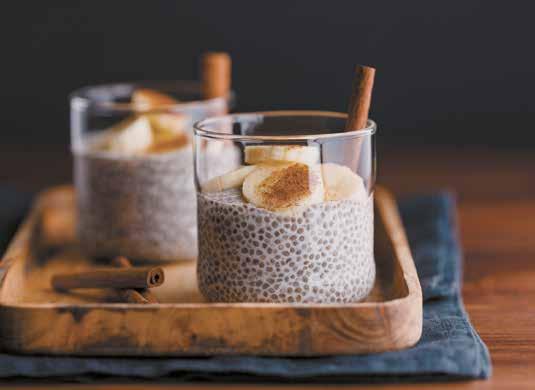Life begins
healing ways
in the garden
LaceWing Gardening & Consulting Services
Home-based in NW Milwaukee
Wildflowers & Woodland Gardens Organic Lawn Care & Landscape Maintenance Habitat Gardens Prairies, Small Ponds, Rain Gardens Winter Services! Organic Garden Talks! Late Winter Pruning! Diane M. Olson-Schmidt lacewinggdcs@att.net 414.793.3652 Creating habitats for over 20 years
cliffbooth/Pexels.com
Environmentally Sustainable Organic Practices
Strong and Supple Joints How to Keep Hips and Knees Happy
O
by Ronica O’Hara
ccasional knee or hip pain affects almost everyone, keeping us from daily tasks, making sitting painful and walking difficult. Causes can range from over-exercise to injuries, obesity and arthritis as we age. By the time we reach 65 years or older, 69 percent of women and 56 percent of men have arthritic symptoms, according to Boston University researchers. Costly joint replacement surgery which carries a high risk of adverse effects is often recommended for advanced cases, but by taking simple, natural preventive and remedial measures proactively, we can strengthen our knee and hip joints, handle related problems if they arise and remain physically strong and active.
Ways to Strengthen Hips and Knees
Consume foods that nourish bones and connective tissues. For strong bones, eat foods rich in calcium, magnesium and potassium, such as dark leafy greens (bok choy, Chinese cabbage, kale and collard greens), figs, nuts, tofu, avocados and bone broth. Six prunes a day boosted bone density in women over 70 with osteoporosis, research shows. Foods that support flexible 22
Greater Milwaukee
NaturalMKE.com
tendons and ligaments include fatty fish, lentils, nuts, vegetables like spinach and broccoli, and colorful fruit like strawberries and oranges. Practice tai chi, qigong or hatha yoga. The gentle, low-impact movements and stretches associated with these approaches get synovial fluid flowing in the larger joints, effecting smoother mobility and increased flexibility; numerous studies document that they reduce joint pain and stiffness. “The key is not just to stretch, but to balance strength and stretching in a safe, mindful way,” says Andrea Trank, a health coach and yoga teacher in Fort Myers, Florida. Although personal or class instruction is best, how-to videos can be found on YouTube. Walk every day. In a four-year Northwestern University study, people at risk of knee osteoarthritis that walked at a moderate or brisk pace for at least 10 minutes a day, one hour a week, had one-eighth the disabled mobility of those that walked less. Posture helps: Walking straight and tall while extending each leg back as far as it’ll go will “really let your glut muscles work,” advises






